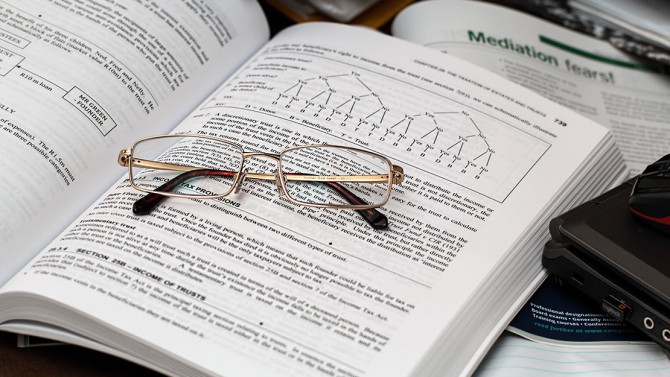
International Journal of Agricultural Technology 2021Vol. 17(4):1577-1590
Available online http://www.ijat-aatsea.com
ISSN 2630-0192 (Online)
Abstract The plant species Litsea petiolata Hook. f. has been traditionally used as a flavouring
ingredient in chili paste as a substitute to male giant water bugs in many parts of Thailand and
some Southeast Asian countries, due to the male giant water bug-like fragrance of its various
parts. However, the knowledge about its odor, phytochemical quality, and antioxidant activity
of this plant has not been known widely. The current study compared the odorant profiles
between male giant water bugs and dried leaves of L. Petiolata and compared the
phytochemicals and antioxidant properties of the leaves from three different drying methods.
Nine odorants were common in male giant water bugs and dried leaf samples, with undec-10-
en-2-one and undecanone detected at high levels, thus serving as important odorant
contributors. The best efficient way among the three methods to keep the odorants, phenolic
acids (chologenic, gallic, rutin and ferulic acid), flavonoids (catechin hydrate, p-coumaric acid
and myracetin), and vitamin C was drying in the frozen temperatures. Moreover, the leaves
dried by the cool method contained high amount of phenolic acids, flavonoid, and the quantity
of antioxidant, as compared to other drying methods. The research results revealed that L.
petiolata’s leaves were rich in phytochemicals and antioxidant capacities which provided
benefits to people. Moreover, It is elucidated the contribution for drying processes, and the
stability of other qualifications of the plants, such as the biological components and the number
of antioxidant.
Keywords: Antioxidants, Drying methods, Odorants, Phytochemicals









ความคิดเห็น